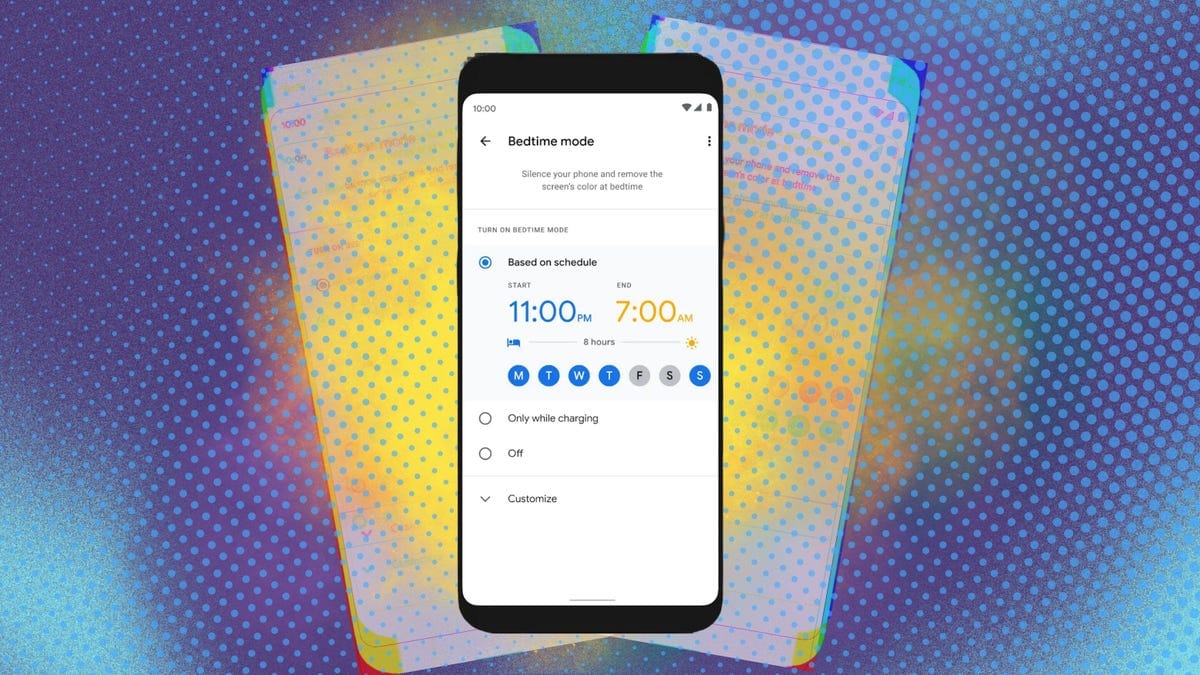Enhancing Google's Digital Wellbeing: Six Proposals for Improvement

In today's fast-paced world, the concept of Digital Wellbeing has emerged as a critical aspect of balancing technology usage with a healthy lifestyle. This initiative aims to help users become more mindful of their tech habits, yet many find its current implementation underwhelming.
The notion of improving one's life by setting aside time from the digital world is often overlooked. While Google's Digital Wellbeing feature is designed to offer insightful data about our phone usage, it appears to fall short in making a meaningful impact.
1. Integrating with WearOS Watches
For those seeking insights into their well-being, wearable technology often proves to be an invaluable resource. The Wear OS watches are particularly adept at tracking health metrics such as sleep patterns, step count, and heart rate. Integrating these features into Digital Wellbeing could provide users with consolidated and accurate data, enhancing its utility and appeal.
2. Custom-Built Break Reminders
A potentially transformative feature would be the ability to create customized reminders for taking breaks from the phone. By setting personalized notifications, users could incorporate specific times and activities for breaks, such as a mid-day meditation or a stress-relieving walk.
3. Noise Pollution Monitoring
Digital Wellbeing could also benefit from a noise pollution monitoring feature. This tool would alert users when ambient noise levels reach a threshold detrimental to mental health. By identifying such intervals, users can proactively seek quieter environments.
4. Scheduled Inaccessibility
One of the best ways to promote digital calm is to schedule phone downtime. A feature that renders the device inaccessible during set periods could aid users in maintaining a healthier work-life balance. Exceptions could be made for emergency contacts, ensuring peace of mind without breaking the digital detox.
5. Wellbeing Inquiry Pop-Ups
Imagine a simple pop-up on your device that asks you about your "happy place" during the day. Such questions could trigger moments of reflection and relaxation amidst a busy schedule, prompting users to evaluate and manage their stressors thoughtfully.
6. Tracking Movement Against Stillness
Keeping track of the time spent moving versus being stationary could be a valuable addition to Digital Wellbeing. A detailed summary of movement data can motivate users to stay active and alert them to any sedentary habits that may develop over time.
Incorporating these proposals into Google's Digital Wellbeing could significantly bolster its capacity to cultivate a healthier digital lifestyle for users. By aligning technology with well-being, it opens up new ways for individuals to engage with their devices mindfully, balancing efficiency with serenity.